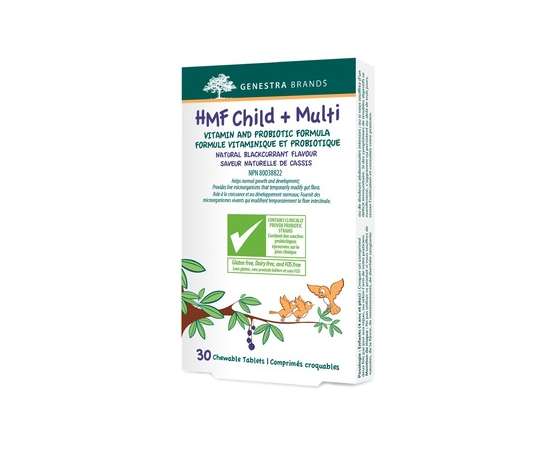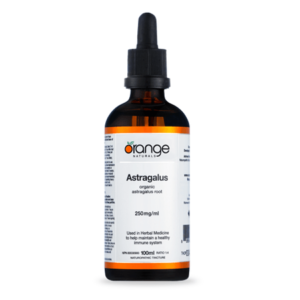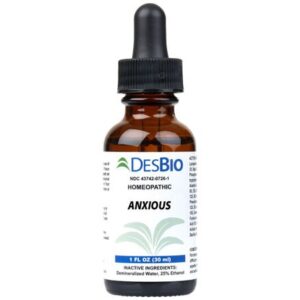Description
Supports gastrointestinal and skin health in children
• Provides live microorganisms that temporarily modify gut flora
• Helps to maintain eyesight, skin, membranes and immune function
• Helps in the development and maintenance of night vision, bones, cartilage, teeth and gums
• Provides 12.5 billion CFU per daily dose from a combination of four proprietary human-sourced strains
• Delicious natural blackcurrant flavour
HMF Child + Multi is a great tasting combination of probiotics and vitamins that helps to promote optimal health in children. The intestinal microbiota, which contains more than 400 bacterial species, can be altered by antibiotic use, aging, and premature or caesarean births.1-3 The most commonly used probiotics are Lactobacilli and Bifidobacteria, which are safe for both adults and children.4 They effectively colonize the intestines; however, once their ingestion ends, their counts decrease or disappear.1,4,5 In addition to decreasing the survival of pathogenic bacteria by reducing the pH, probiotics reinforce the epithelial barrier.4 They control permeability by mediating tight junction integrity, and prevent pathogenic adherence to epithelial cells by increasing mucin release on intestinal surfaces.4 Vitamin C is a powerful antioxidant, and is required for the production of collagen, the primary structural protein in bones, cartilage, teeth, and wound healing.6 Vitamin A promotes the natural barrier function of the skin, helps to stimulate immune cell development, and maintains eyesight and night vision to further promote optimal health.7-9
REFERENCES
1. Nagpal, R, Yadav, H, Kumar, M, Jain, S, Yamashiro, Y, Marotta, F. (2013). In Otles, S. (Ed.), Probiotics and Prebiotics in Food, Nutrition and Health (pp. 1-24). Boca Raton, FL: CRC Press.
2. Lyra A, Tiihonen K, Lehtinen MJ, Ouwehand AC. (2013). In Otles, S. (Ed.), Probiotics and Prebiotics in Food, Nutrition and Health (pp. 156-178). Boca Raton, FL: CRC Press.
3. Thomas, DW, Greer, FR. Pediatrics. 2010; 126(6): 1217-1231.
4. Saulnier, N, Zocco, MA, Di Caro, S, Gasbarrini, G, Gasbarrini, A. Genes & Nutrition. 2006; 1(2): 107-116.
5. Saavedra, JM. Nutrition in Clinical Practice. 2007; 22: 351-365.
6. Combs, GF. (2012). In (4th ed.) The Vitamins (pp.233-259). USA: Elsevier.
7. Ruhl, R. Proceedings of the Nutrition Society. 2007; 66: 458-469.
8. Al Tanoury, Z, Piskunov, A, Rochette-Egly, C. Journal of Lipid Research. 2013; 54: 1761-1775.
9. Mukherjee, S, Date, A, Patravale, V, Korting, HC, Roeder, A, Weindl, G. Clinical Interventions in Aging. 2006; 1(4): 327-348.




